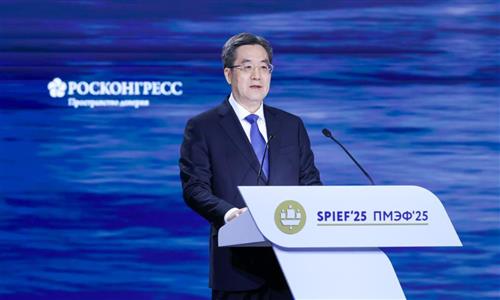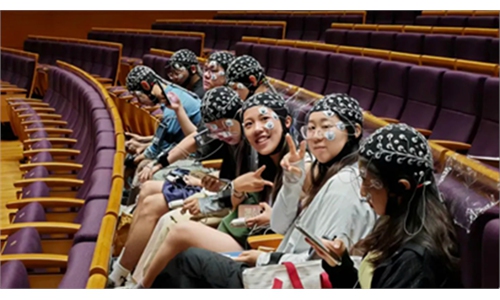The achievement made on Friday by the research team led by Li Liang, a professor from the Wuhan National High Magnetic Field Center at Huazhong University of Science and Technology, surpassed the research team's own previous world record of a 64-tesla FTPMF set in 2018, the Xinhua News Agency reported on Sunday, citing a statement from the university.
High magnetic fields are among the most critical extreme conditions in modern scientific experiments, offering unique opportunities for discovering new phenomena and uncovering fundamental laws.
Researchers worldwide have been highly active in conducting experiments under high magnetic field conditions, creating numerous original and significant breakthroughs in fields such as physics, chemistry, materials science and biology.
Flat-top pulsed magnetic fields represent a cutting-edge direction in high magnetic field technology. With the combination of the advantages of both steady and pulsed magnetic fields, they deliver high magnetic strength with sustained stability, enabling unique experimental conditions for research such as nuclear magnetic resonance.
To overcome challenges in magnet structural stability and precise control of high currents under strong electromagnetic forces, the research team has achieved breakthroughs in both materials and control systems. As a result, they set a new world record with a 71.36-tesla flat-top pulsed magnetic field featuring high stability (0.39 percent stability over 12.11 milliseconds), surpassing the current international level by 19 percent.
Tesla is the unit of magnetic induction or magnetic flux density. One tesla is equivalent to 20,000 times the Earth's magnetic induction. The stronger the magnetic induction, the greater its potential in applications.
The high pulsed magnetic field experimental facility is a major national scientific infrastructure project developed by Huazhong University of Science and Technology. It provides experimental environments featuring strong magnetic fields, ultra-low temperatures and high static pressure.
To date, researchers from over 141 universities and research institutes across over 30 countries and have completed more than 2,000 projects at the Wuhan National High Magnetic Field Center, China News Service reported.
Among the five key indicators of high pulsed magnetic field facilities, the Wuhan National High Magnetic Field Center ranks second in the world with a peak field strength of 94.88 tesla, and leads the world in terms of other key metrics such as flat-top magnetic field strength, pulse repetition rate, measurement precision and magnet lifespan, according to China News Service. - Global Times








